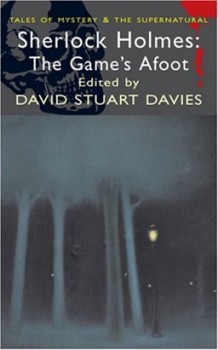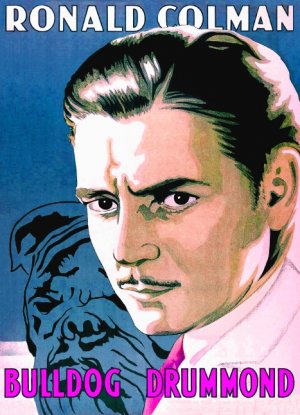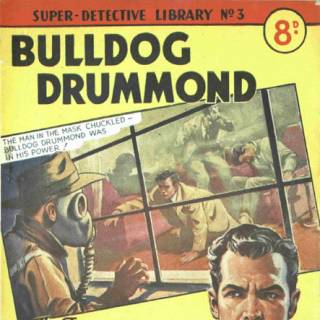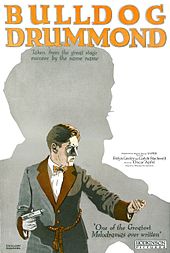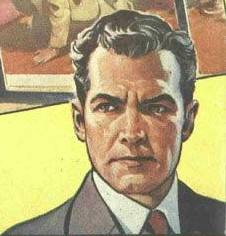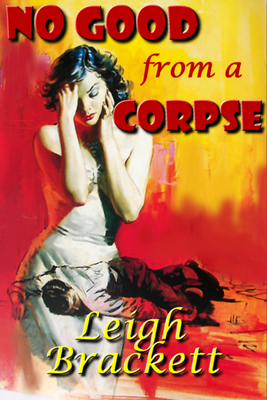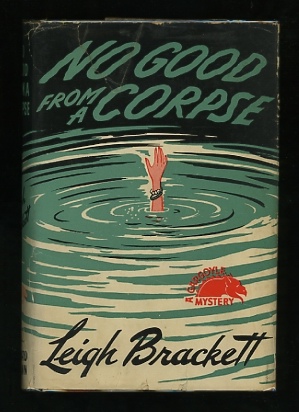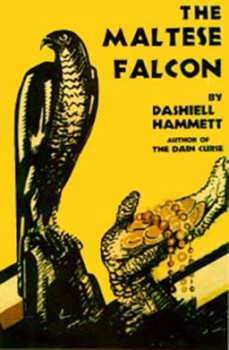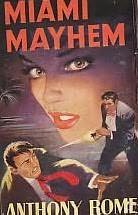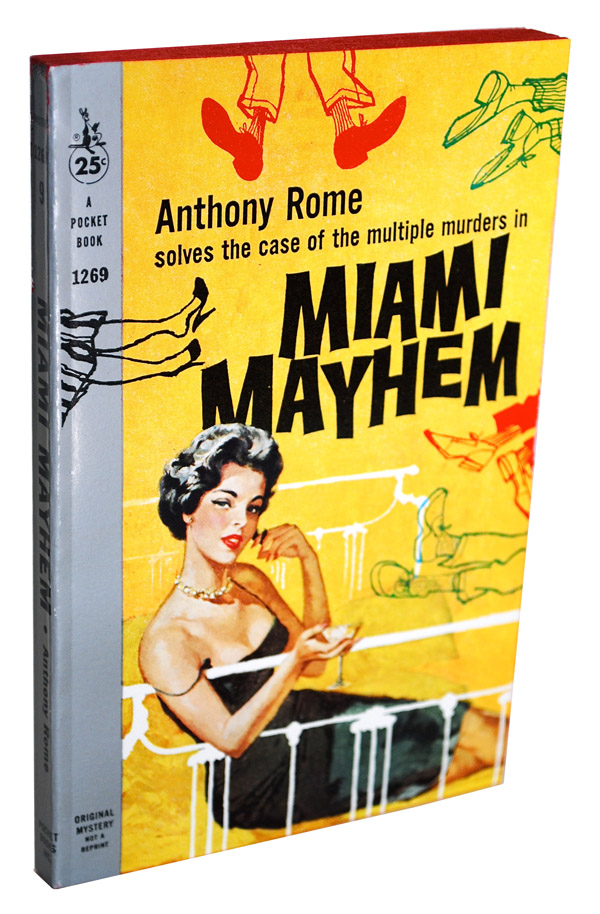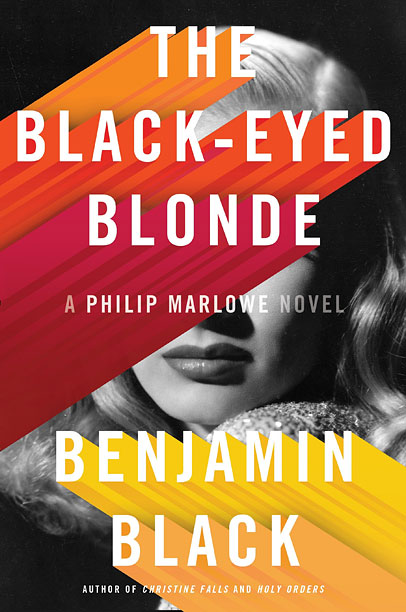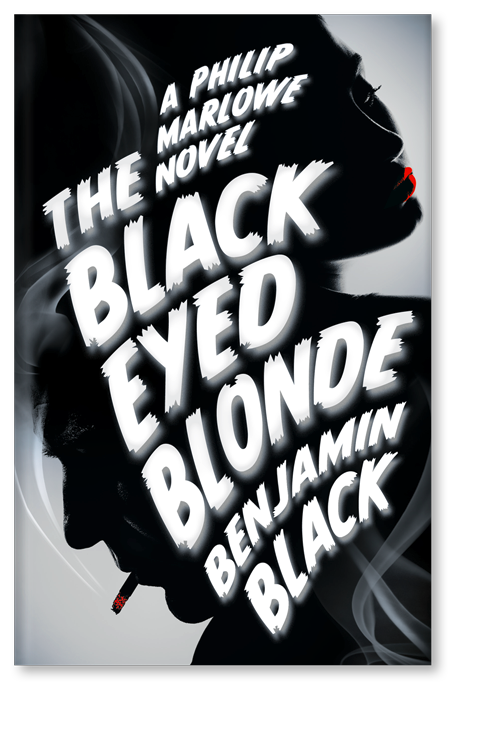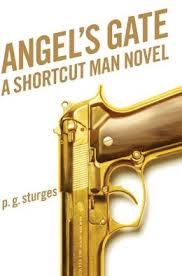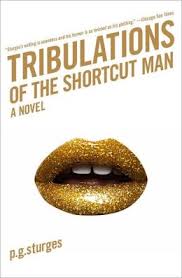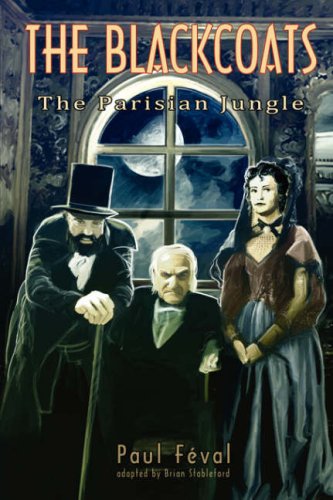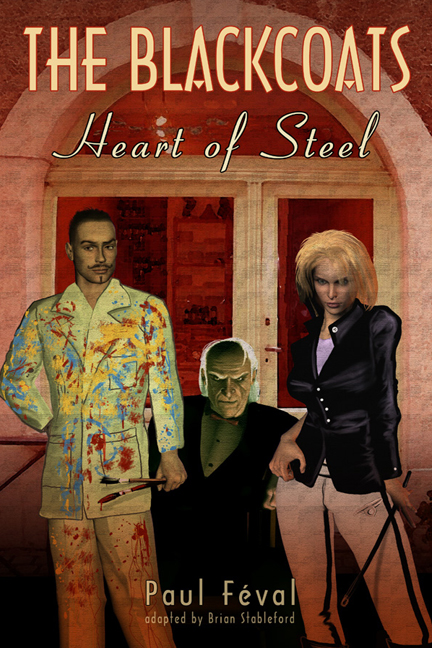The Public Life of Sherlock Holmes: Meet Nero Wolfe
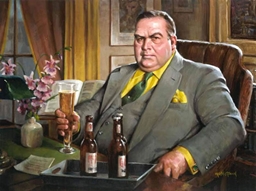 In 1926, Sir Arthur Conan Doyle penned his last Holmes tale, The Adventure of the Retired Colourman. Rex Stout, a fan of those tales, would shortly create a detective who would not only evoke memories of Holmes, but who would cast his own (gargantuan) shadow: Nero Wolfe. The seventy-four stories, written over forty-one years, would be collectively known as the Corpus, akin to the Sherlockian Canon.
In 1926, Sir Arthur Conan Doyle penned his last Holmes tale, The Adventure of the Retired Colourman. Rex Stout, a fan of those tales, would shortly create a detective who would not only evoke memories of Holmes, but who would cast his own (gargantuan) shadow: Nero Wolfe. The seventy-four stories, written over forty-one years, would be collectively known as the Corpus, akin to the Sherlockian Canon.
Nero Wolfe lives in a New York City brownstone with Archie Goodwin, Fritz Brenner, and Theodore Horstmann. This boys’ club (Wolfe makes Holmes look like a romantic) is a self-contained unit, with Wolfe and Archie solving crimes, Fritz cooking and taking care of the household chores, and Horstmann assisting Wolfe with his hobby, the cultivation of orchids in a rooftop greenhouse.
Archie often comments on the beauty of the orchids, which is a far cry from the thoughts of General Sternwood in Raymond Chandler’s The Big Sleep: “Nasty things. Their flesh is too much like the flesh of men, and their perfume has the rotten sweetness of corruption.” Po-tay-toe, po-tah-toe, I guess.
Because the characters do not age, the stories all have a comfortable familiarity about them. Also, they are set contemporary to their writing, so while in a Holmes tale, it is ‘always 1895’, the Wolfe stories feel much more like modern mysteries, even though some are over seventy-five years old.
